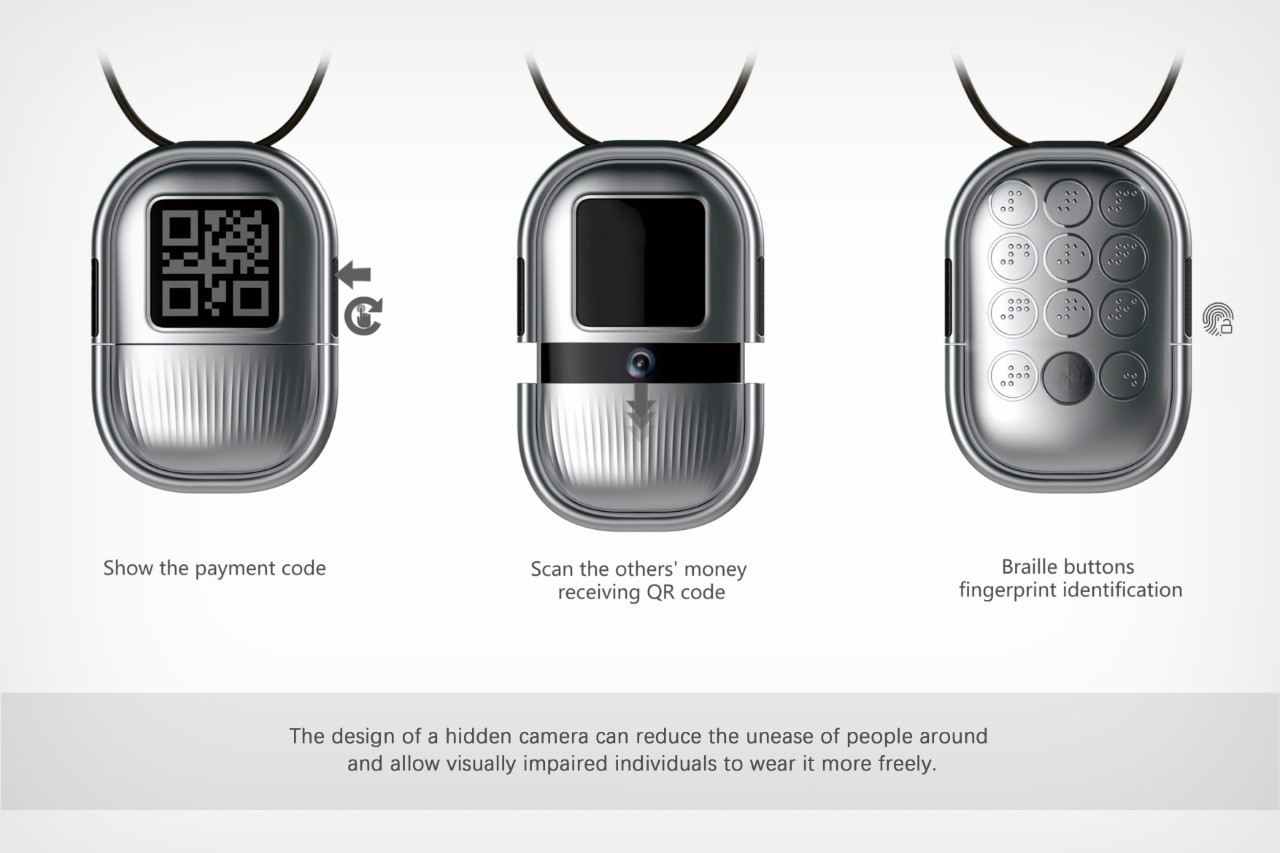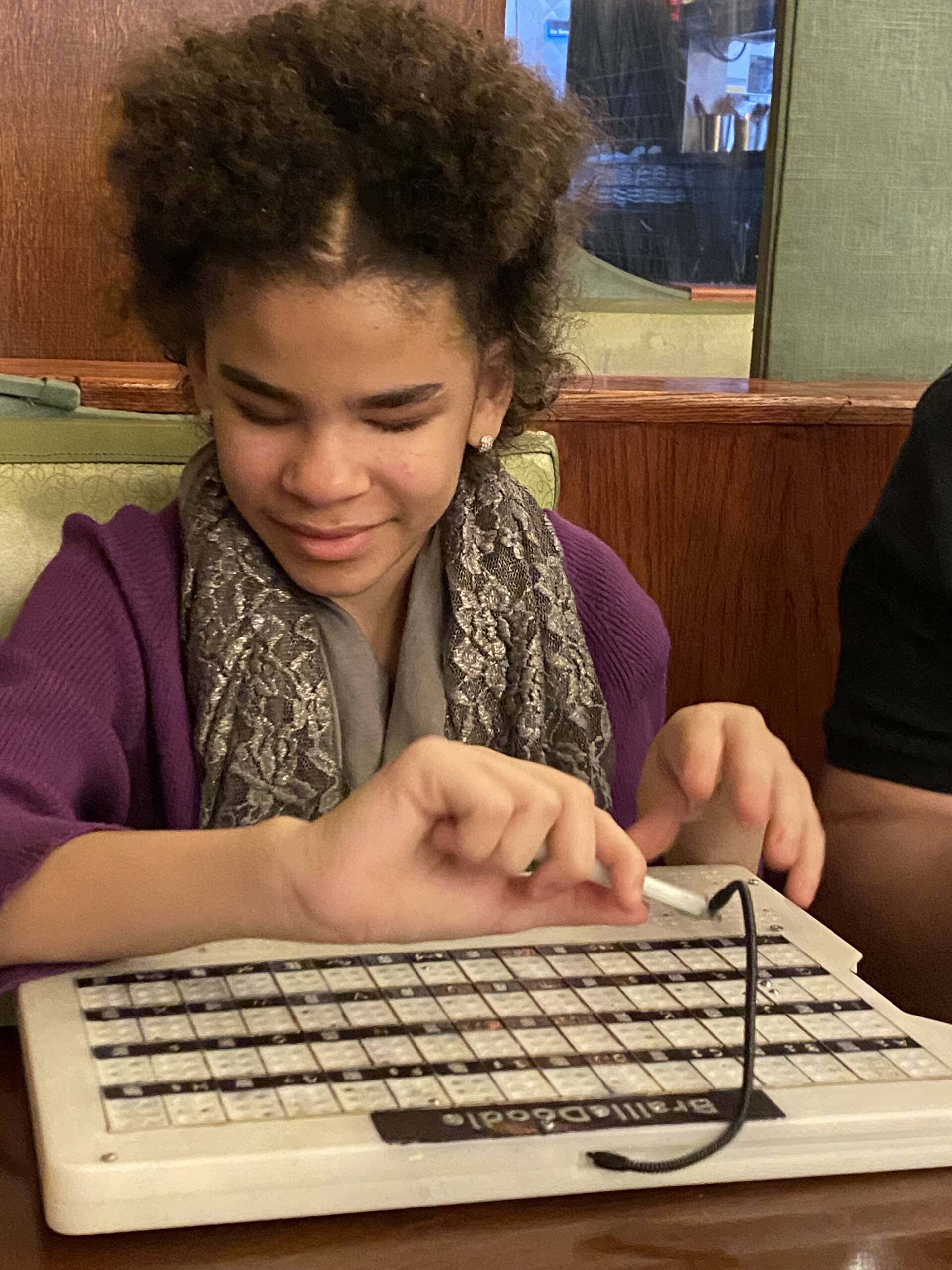OCR Devices for the Blind: Turning Text into Speech with Ease
OCR Devices for the Blind: Turning Text into Speech with Ease
Blog Article
Empowering Independence With Assistive Technology for the Blind
The combination of assistive innovation right into the lives of individuals with visual disabilities represents a substantial advancement in advertising self-reliance and self-sufficiency. From ingenious display readers to advanced wise walking canes, these devices not just improve everyday navigating and interaction yet also equip customers to engage meaningfully in different elements of life. As we discover the myriad advantages and real-world applications of these innovations, it comes to be critical to examine the underlying variables that add to their efficiency and the potential for future developments in this important field.
Overview of Assistive Technology

The growth of assistive innovation is based in principles of inclusivity and empowerment. Developments in software program, hardware, and sensory enhancements offer individuals with options customized to their particular demands. From screen readers that transform message to speech, to responsive gadgets that convey details through touch, these tools transform the way individuals engage with their environments.
Along with useful applications, assistive modern technology fosters better social incorporation and involvement in different sectors, including education and work (Wearable technology for low vision). As r & d proceed to advance, the possibility for assistive innovation to additionally enhance the lives of aesthetically damaged individuals continues to be promising, leading the way for a much more fair culture where every person can prosper
Types of Assistive Gadgets
A selection of assistive tools have arised to sustain individuals with aesthetic problems, each made to meet details requirements and boost daily functioning. These gadgets vary from low-tech solutions to modern developments, supplying varied alternatives for customers.
Low-tech gadgets include magnifiers and large-print materials that aid in analysis and writing. Braille devices, such as Braille slates and styluses, make it possible for tactile analysis and interaction. Positioning and movement help, like white walking canes, aid users browse their atmosphere securely.
On the greater end of the spectrum, electronic magnification systems and screen readers supply substantial assistance. Electronic magnifiers permit customers to enlarge text and images on displays, while display visitors transform electronic content right into manufactured speech, facilitating access to information on computer systems and smart devices.
Smart device applications also play a critical role, giving features like message acknowledgment and navigation aid. Wearable innovation, such as wise glasses geared up with enhanced reality, is becoming an encouraging tool to enhance situational understanding.
Benefits of Assistive Innovation
The integration of assistive technology dramatically enhances the top quality of life for individuals with visual impairments. These technologies empower users by advertising independence, enabling them to navigate their atmospheres a lot more effectively and carry out everyday tasks with better simplicity. Screen visitors and zoom software program permit individuals to accessibility electronic information, fostering academic and professional chances that may have formerly been out of reach.
In addition, assistive tools such as smart walking sticks and GPS applications provide real-time navigation aid, improving wheelchair and security. This enhanced freedom not only improves self-confidence but also motivates social involvement, allowing individuals to take part even more totally in their communities.
Assistive technology additionally helps with communication, assisting customers attach with others via voice recognition and text-to-speech applications. This ability is essential for maintaining connections and accessing critical information.
Additionally, see this page the modification options offered with several assistive technologies guarantee that customers can customize gadgets to their particular demands, additionally boosting use and effectiveness. On the whole, the benefits of assistive innovation for people with visual problems are profound, promoting a more inclusive culture where every person can pursue their goals and ambitions.
Study and Success Stories
Highlighting the transformative influence of assistive technology, numerous case research studies highlight how individuals with aesthetic disabilities have actually effectively incorporated these devices into their daily lives. One engaging example includes a college pupil who used display analysis software to browse online sources and academic products effectively. This modern technology not only facilitated her education and learning however likewise boosted her self-confidence in joining conversations and group projects.
An additional situation study includes an expert that utilizes a smart device application designed for navigating and object recognition. By utilizing this application, he has restored freedom in both his individual and workplace, allowing him to commute separately and engage with coworkers much more successfully.
In addition, a senior citizen shared her experience with braille e-readers, which enabled her to access a vast range of literature and remain gotten in touch with her community through book clubs.
These success tales emphasize the important function of assistive technology in promoting freedom, improving high quality of life, and advertising social assimilation for individuals with visual problems (Screen readers for the blind). By embracing these ingenious tools, individuals can overcome obstacles and seize chances that contribute to their specialist and personal gratification

Future Patterns in Assistive Technology
Innovation in assistive technology is poised to redefine the landscape of support for people with visual problems. Arising trends highlight the assimilation of expert system (AI) and maker learning, which improve the performance of tools that assist with navigating and details ease of access. For example, AI-driven applications are currently qualified of interpreting aesthetic data in real-time, enabling customers to involve with their setting much more separately.
Furthermore, the advancement of wearable modern technology is progressing quickly. Smart glasses outfitted with augmented truth (AR) can provide audio descriptions of surroundings, transforming just how individuals engage with public areas. These devices not only promote read autonomy but likewise foster social incorporation.
In Addition, the Web of Points (IoT) is making homes smarter, enabling for smooth connectivity between daily devices and assistive gadgets. This connectivity empowers individuals by enabling automated feedbacks and voice-activated controls tailored to individual demands.
Verdict
To conclude, assistive innovation plays a crucial role in encouraging people with visual problems by improving their independence and interaction with their environments. The diverse series of devices and applications readily available not only facilitates navigating and communication but additionally promotes social combination and possibilities for specialist and individual growth. As advancements continue in this field, the potential for improving the lifestyle for those with visual disabilities will increase, cultivating higher autonomy and empowerment.

Report this page